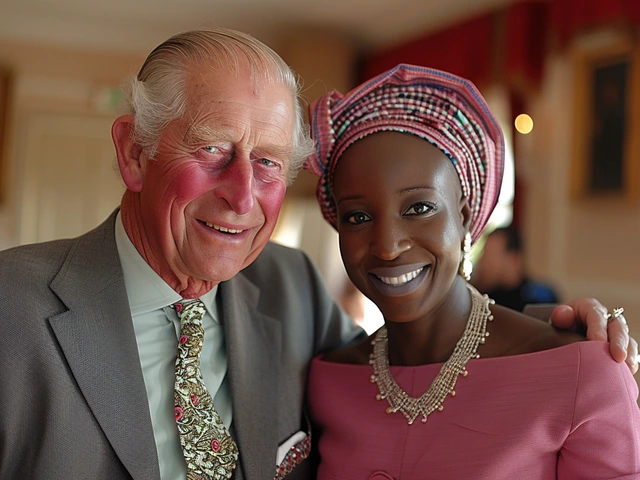Islamic New Year: What it Means and How to Observe It
Islamic New Year marks the first day of Muharram and the start of the Hijri calendar. It remembers the Prophet Muhammad’s migration from Mecca to Medina, the Hijra — a moment many Muslims see as a lesson about faith and new beginnings. Unlike the loud parties of January 1, the day is usually calm, reflective, and often focused on prayer and family.
When is Islamic New Year?
The date depends on the lunar cycle. Some communities wait for a local sighting of the new crescent moon, while others use astronomical calculations or national calendars. Because methods vary, the official day can differ between countries and even between towns. That’s why you should check with your mosque or a national moon-sighting committee to know the exact date where you live.
Common ways people observe it
Observances vary widely. Many attend extra prayers, read Quran, and reflect on the Hijra’s meaning. Mosques may run short talks about migration, resilience, and ethical change. Families often visit elders, share modest meals, or give to charity. In some communities, Muharram is the start of a more solemn period that builds toward Ashura on the 10th day; practices for Ashura range from fasting to remembrance gatherings, depending on local tradition.
If you plan an event, confirm the date with local religious leaders, and offer quiet spaces for prayer. Keep programs flexible since the moon sighting can shift start times. For journalists, ask permission before filming private or religious gatherings and speak to community leaders to explain customs accurately.
For businesses and event planners, expect changing attendance patterns and possible local holiday announcements. Update calendars yearly because the Hijri date moves about 10–12 days earlier each solar year. On social media, post respectful messages that explain the day’s meaning and use greetings in local languages when appropriate.
Simple greetings help. In Arabic, people say “Sana Hijriyya Sa‘ida” (سنة هجرية سعيدة) — Happy Hijri Year. Many communities use local-language equivalents or a polite “Happy Islamic New Year.” If you’re unsure what to say, offer a blessing or respectful good wish.
Think about safety and logistics for public gatherings: arrange clear entry and exit routes, provide water and shaded seating if outdoor events are likely, and coordinate with local authorities for larger processions. Photography etiquette matters — always ask before taking pictures of private rituals or grieving events.
Want reliable dates and more info? Check your local mosque, national moon-sighting committee, or established Islamic councils and community centers. Astronomy apps can show new moon times, but local confirmation is often used for official observances.
Islamic New Year is a quiet chance to reflect, reconnect with family, and consider small changes for the year ahead. Whether you mark it with prayer, charity, or a simple greeting, respect and timing matter most.
The Islamic New Year, or Hijri New Year, falls on the first day of Muharram and is observed by over two billion Muslims worldwide. The day commemorates the Prophet Muhammad's migration from Mecca to Medina, marking the start of the Islamic calendar. Observances vary globally, from prayers and fasting to cultural performances and educational events.
Recent-posts
May, 26 2024






